

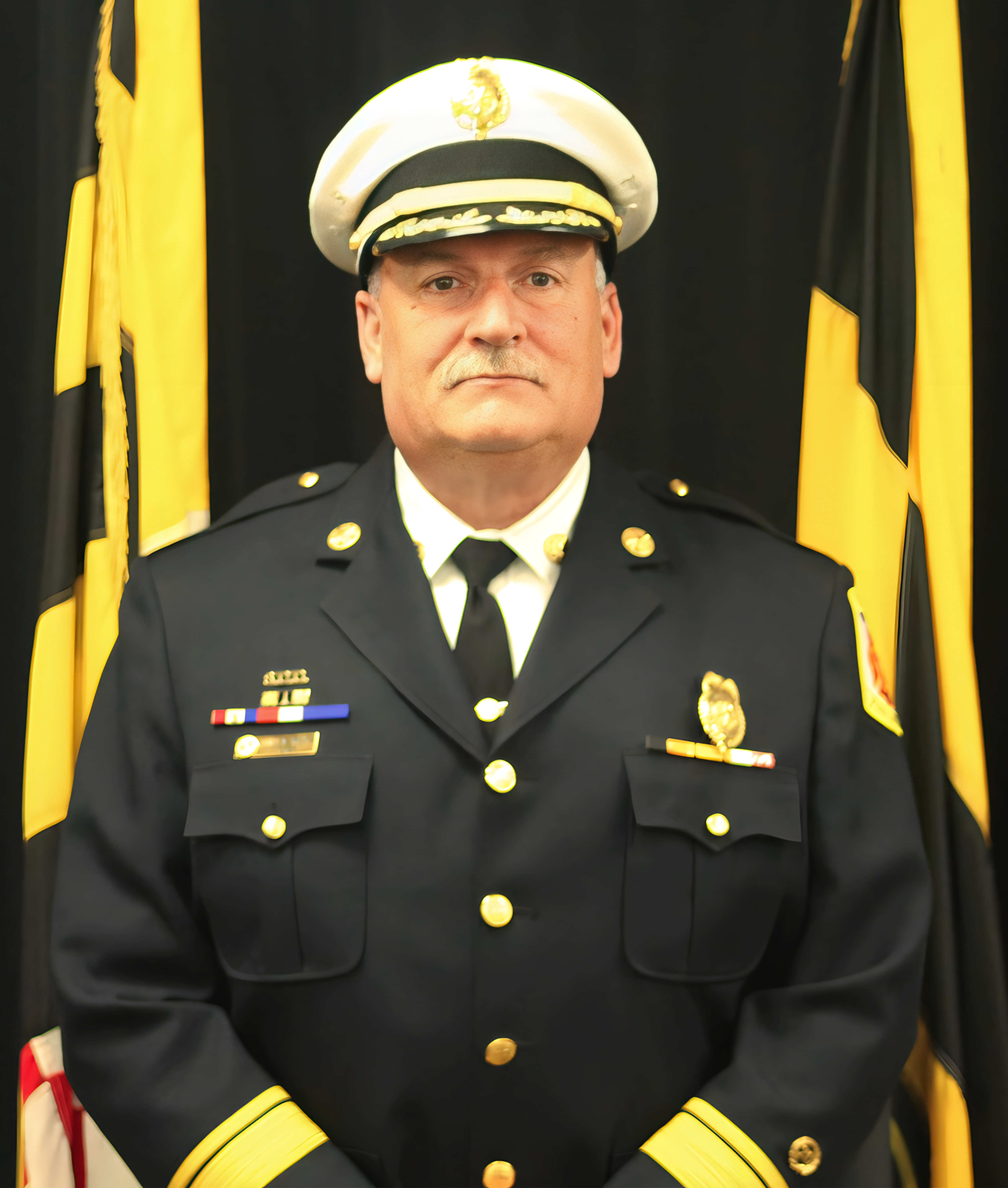 Chief of Fire Department
Chief of Fire Department
James W. Wallace
The Chief of Fire Department has the unique accountability and responsibility for directing, planning and reviewing the activities of more than 1600 uniformed personnel. The Fire Chief employs innovation, compassion as a genuine leader with a hands-on-approach and understands fire and emergency medical services, urban environments, and works well with the community in which he serves.The Fire Chief plans, organizes, directs programs related to the fire department activities including fire suppression, fire prevention, emergency medical services, arson investigations, fire prevention, communications, and harbor protection. The Fire Chief directs all personnel activities of the department including the hiring, training, assignment, promoting, and disciplining of subordinates. The Chief represents the department and participates in labor contract negotiations as a member of the City's negotiating team. Directs the review and inspection of work performance in all divisions of the department. Additionally, the Fire Chief utilizes extensive knowledge of state and city codes as they apply to emergency management, fire prevention, code compliance, suppression, and emergency medical services to provide guidance and assistance to all departments, agencies, and organizations in developing operational plans and procedures. The Fire Chief is also tasked with developing long-range goals, objectives, and strategic plans for the entire department.
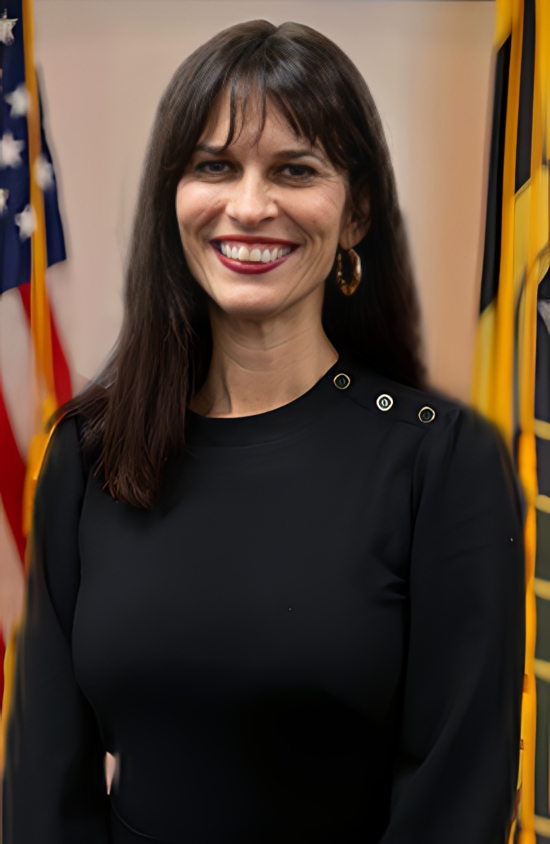 Chief of Staff
Chief of Staff
Amy Beth Leasure
As a member of Fire Chief Wallace’s executive management team, Amy Beth serves as a key advisor, providing recommendations and counsel to the Fire Chief and his leadership team on a range of administrative and strategic priorities, personnel matters, and employment law issues.. The Chief of Staff helps to lead, coordinate and manage the execution of significant initiatives and special projects, monitoring and facilitating progress through completion. Supervises BCFD's General Counsel, responsible for representing the Department in legal and contractual matters and the BCFD's Equity Coordinator, responsible for ensuring the Department's compliance with Baltimore's Equity Program Ordinance.
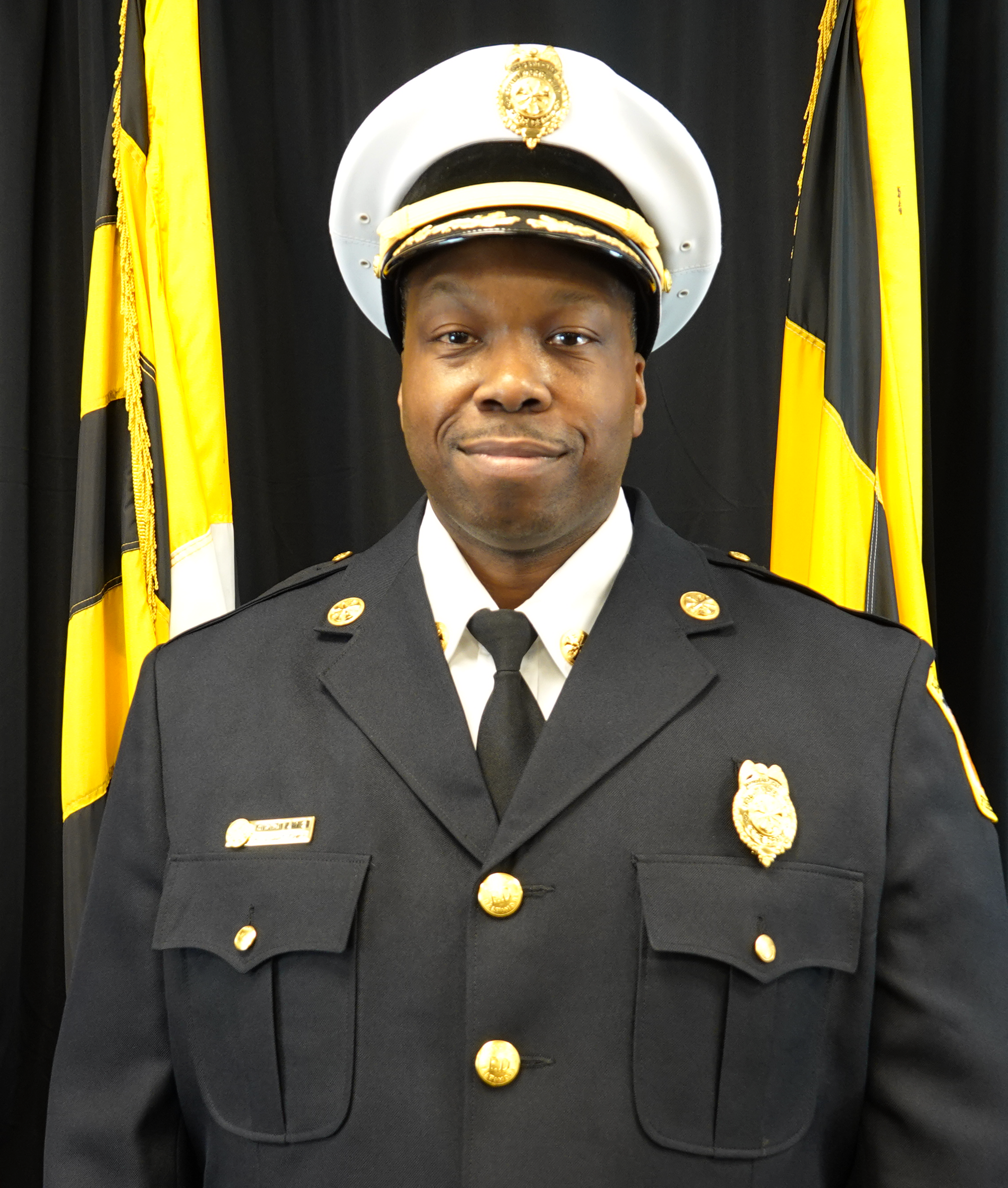 Executive Assistant Fire Chief
Executive Assistant Fire Chief
Kensington W. White
Has the primary oversight and responsibility of managing five interdepartmental divisions and personnel.The following divisions are essential to the daily function and operations of the fire department and include Support Services & Community Risk Reduction, Safety & Risk Management, Fiscal, Fire Operations, Emergency Medical Services and the Office of Communications & Community Engagement.These divisions provide for the continuity of safe operations, community and public education awareness, life safety fire and emergency medical protection.
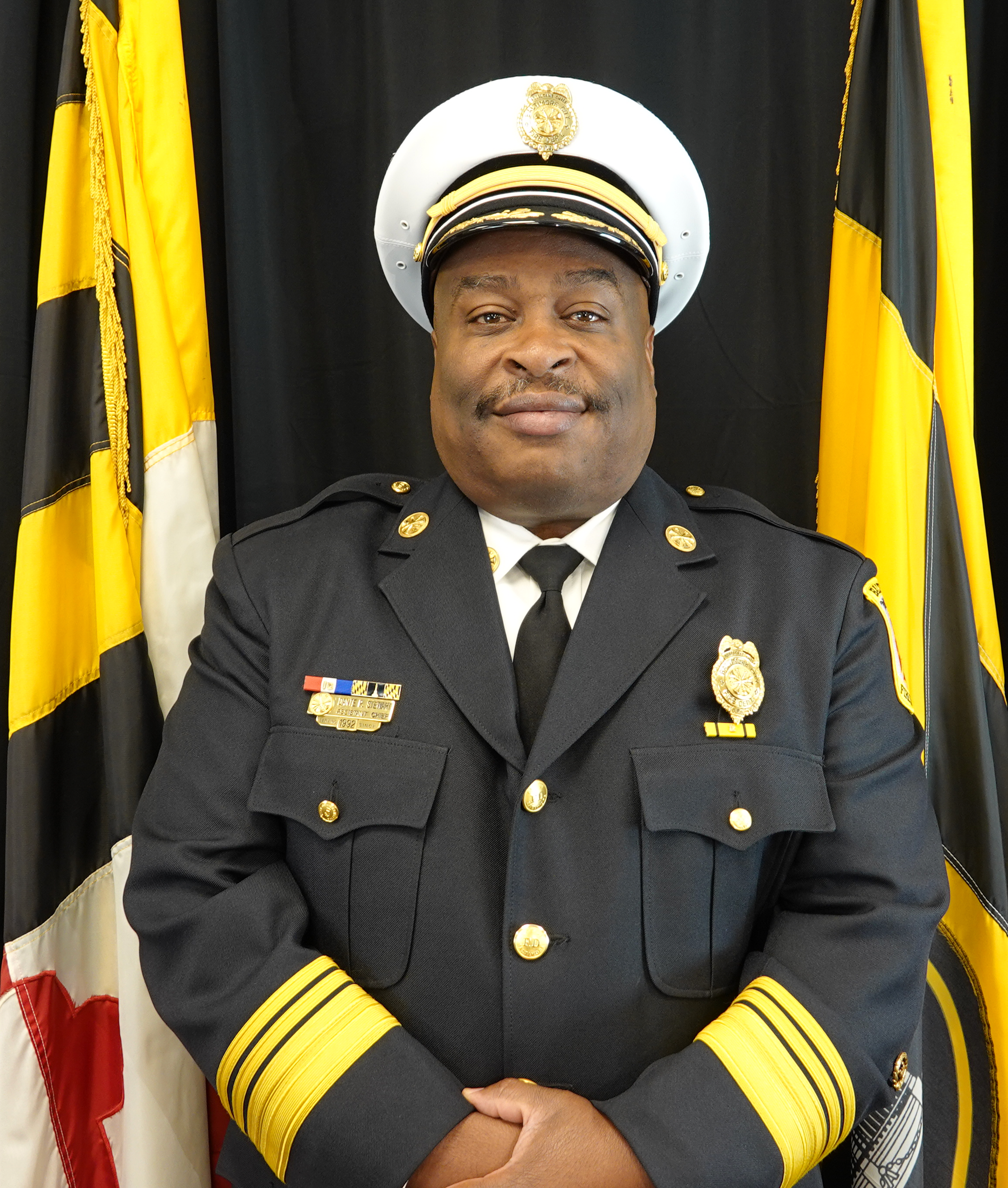 Assistant Chief of Operations
Assistant Chief of Operations
Dante P. Stewart
Oversees the work of four Shift Commanders. Operations personnel work out of 39 neighborhood fire stations. These units include 6 Battalion Chiefs, 35 engine companies, 17 truck companies, 1 heavy rescue, specialty units such as hazmat response units, special operations command units, mobile command vehicles, and various fireboats.
 Assistant Chief of Community Risk Reduction
Assistant Chief of Community Risk Reduction
Chris Caisse
Oversees three support divisions which are the Office of the Fire Marshal, Information Technology Services, and Logistics. All of these divisions help in supporting the operational functions of the Baltimore City Fire Department. The Office of the Fire Marshal services our community by providing public fire safety and educational resources. Logistics is responsible for the procurement of all fire department apparatus, equipment, and supplies while overseeing the maintenance of all facilities. Information technology helps to support the agencies internal communications infrastructure and fire dispatch system.
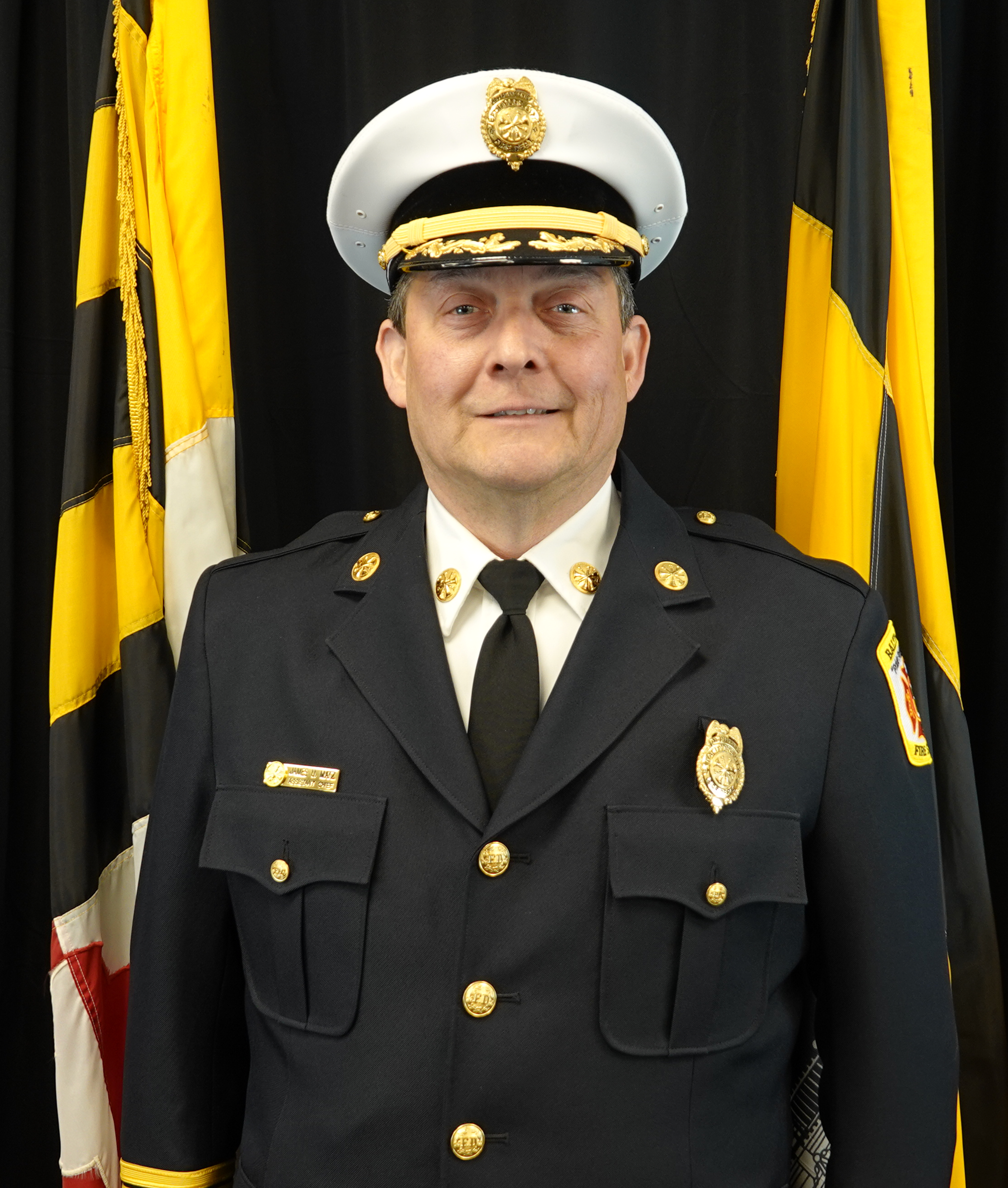 Assistant Chief of Emergency Medical Services
Assistant Chief of Emergency Medical Services
James U. Matz
Oversees the delivery of Basic Life Support (BLS) and Advanced Life Support (ALS) treatment and transportation services, as well as monitors all emergency and non-emergency activities of the 30 first-line medic units staffed by EMTs and Paramedics and other EMS personnel. The position also oversees the emergency medical services division, encompassing the strategic planning and program implementation of policies and procedures, along with innovative programs such as population health and Mobile Integrated Health- Community Paramedicine (MIH-CP).
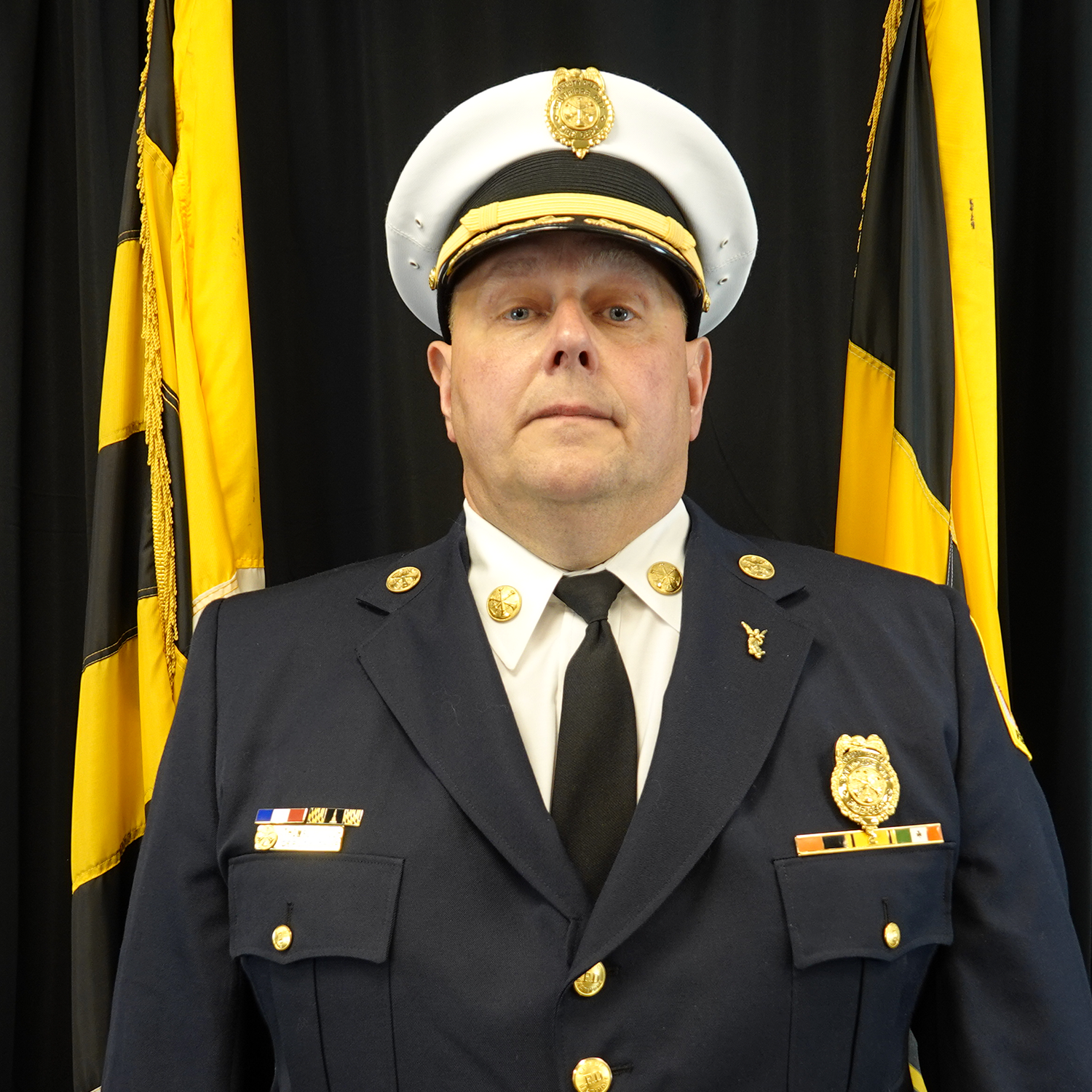 Assistant Chief of Member Services
Assistant Chief of Member Services
Thomas Tosh
Oversees various administrative functions within the Fire Department including personnel management, budgeting and financial management, and policy development and implementation.The Human Resources Division administers programs designed to attract, develop, retain, and engage the Fire Departments’ diverse workforce. The Fiscal Services division provides financial oversight to the department through budget management, governance of accounting practices, grants coordination, payroll, EMS billing, and the Maryland Emergency Service Transporter Supplemental Payment Program. The position also oversees the development and implementation of policies and procedures related to administrative matters, such as human resources, procurement, and record-keeping.